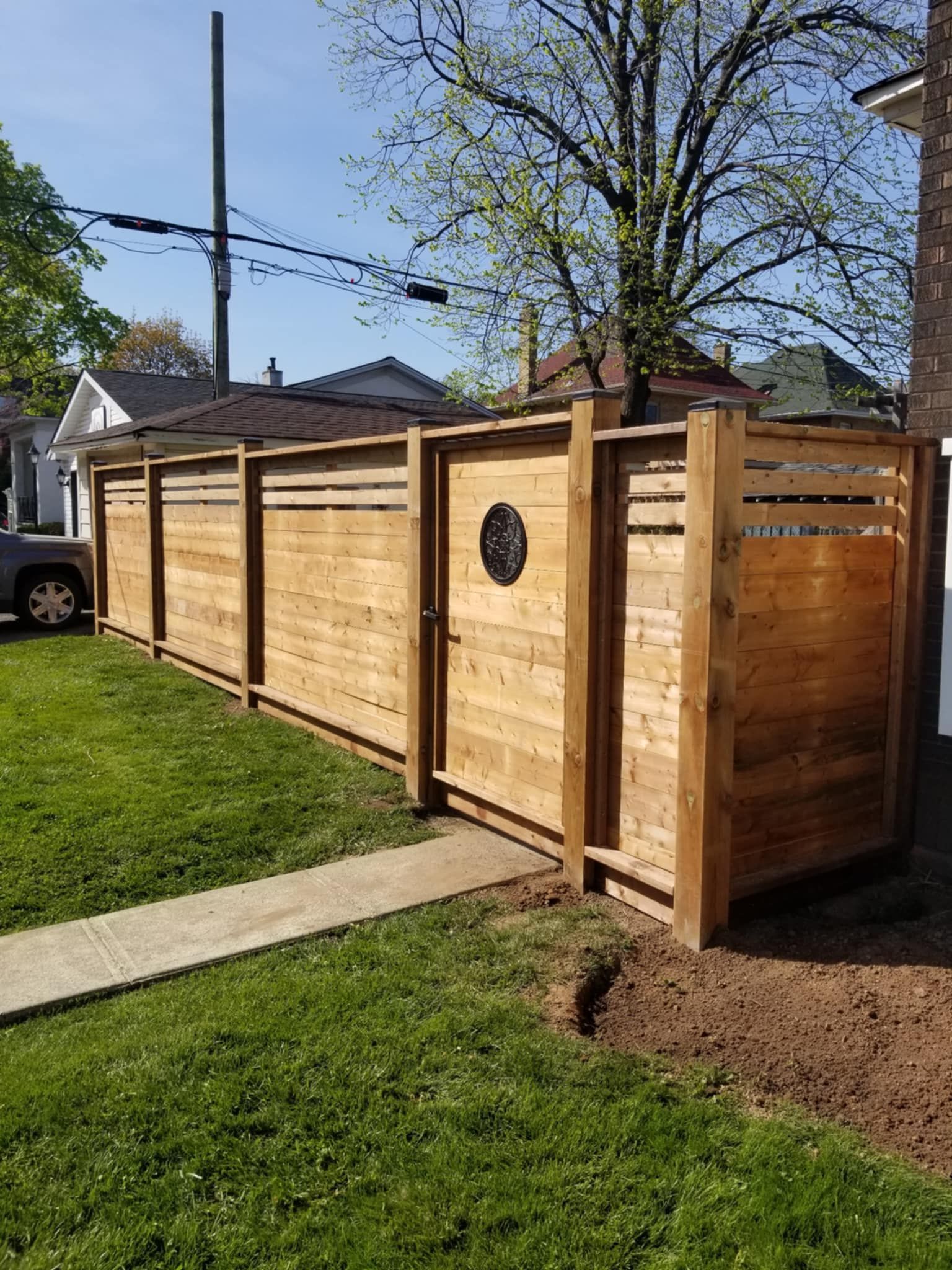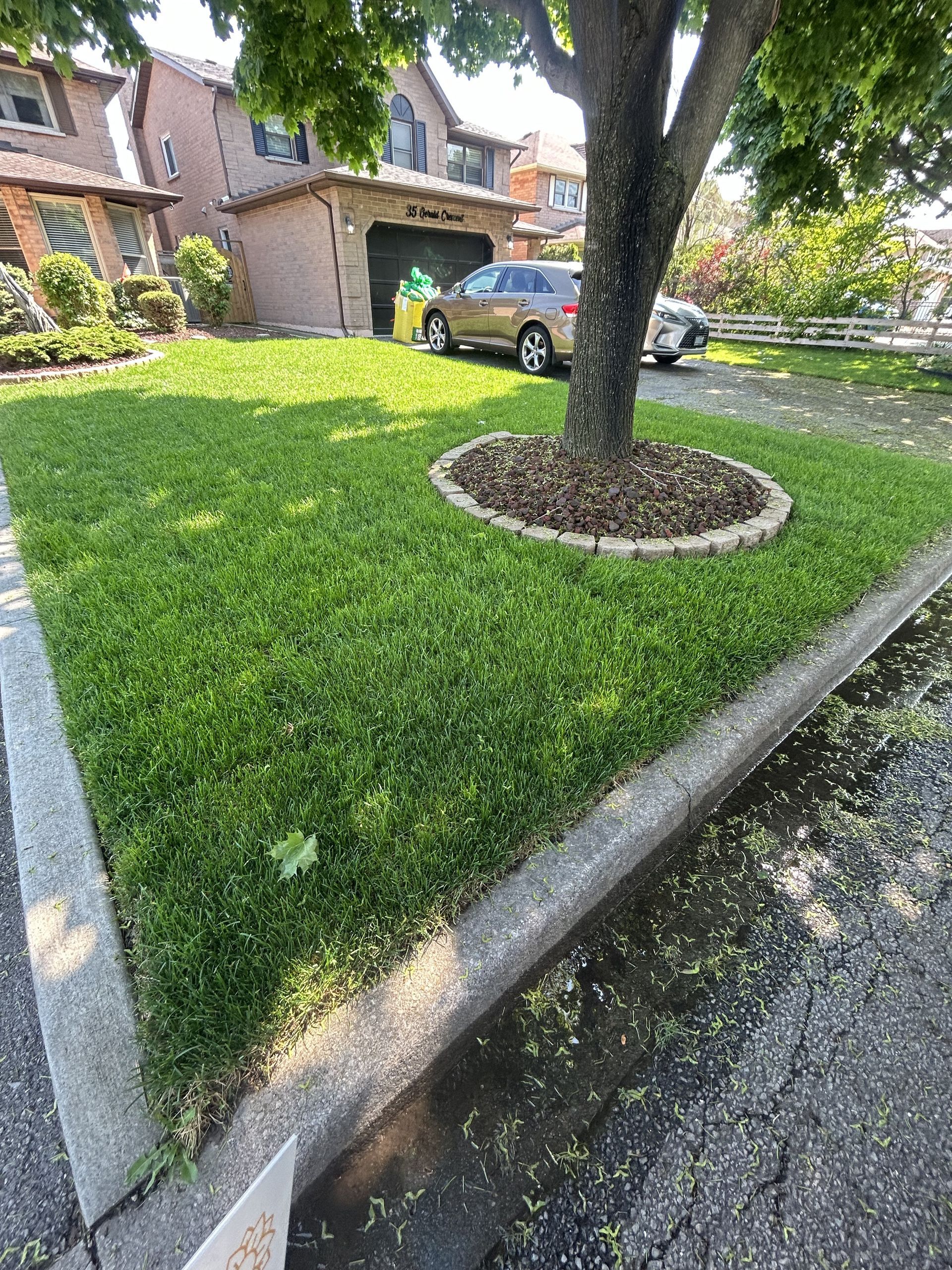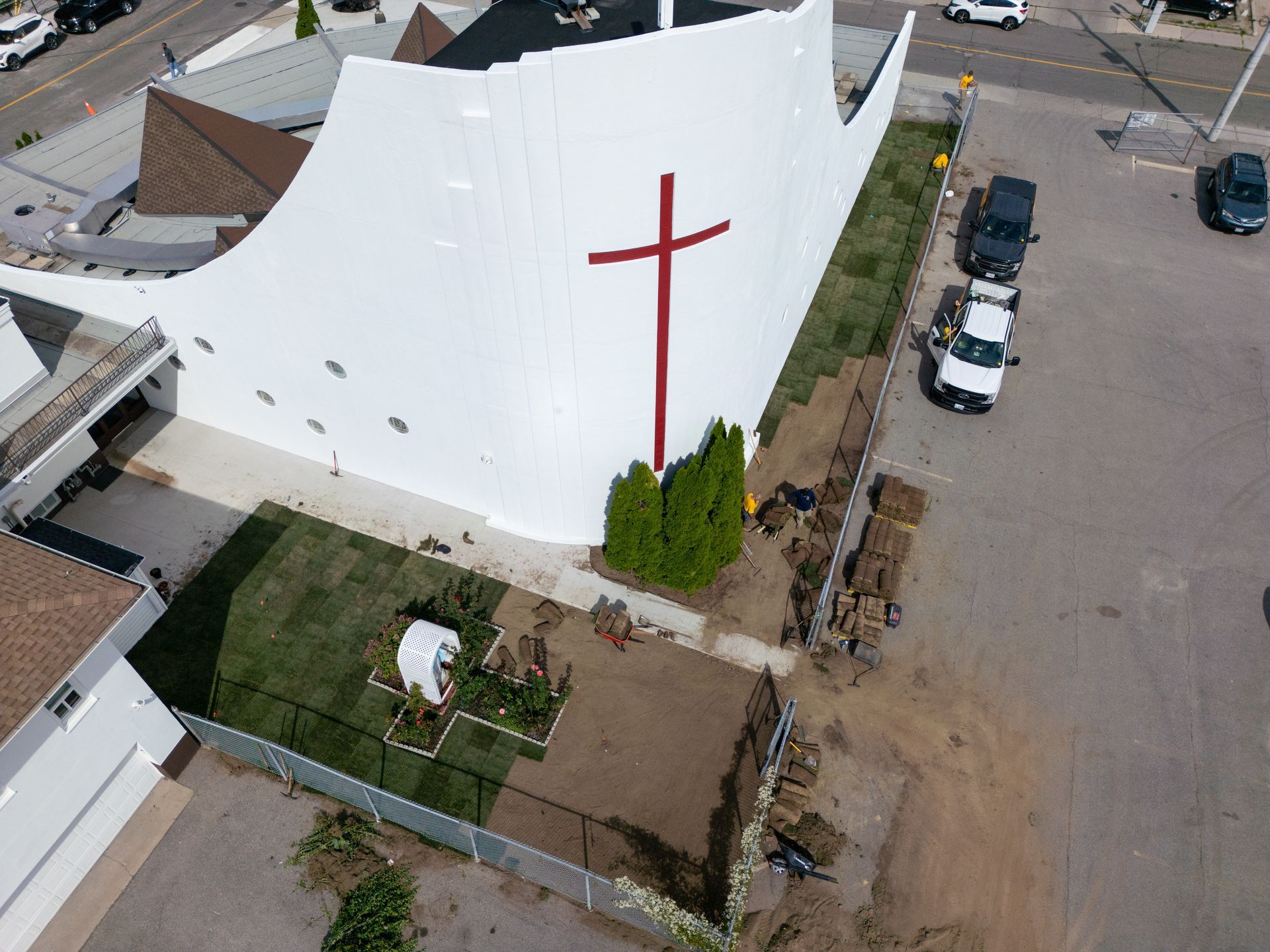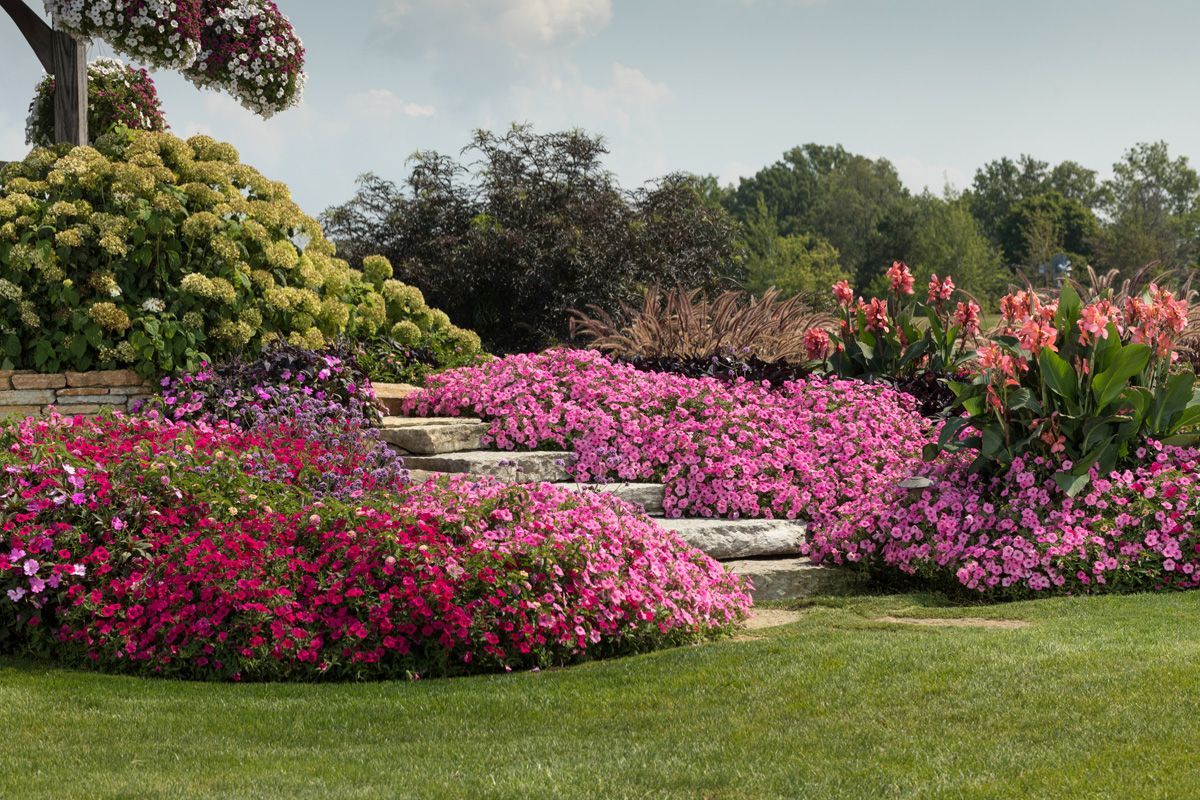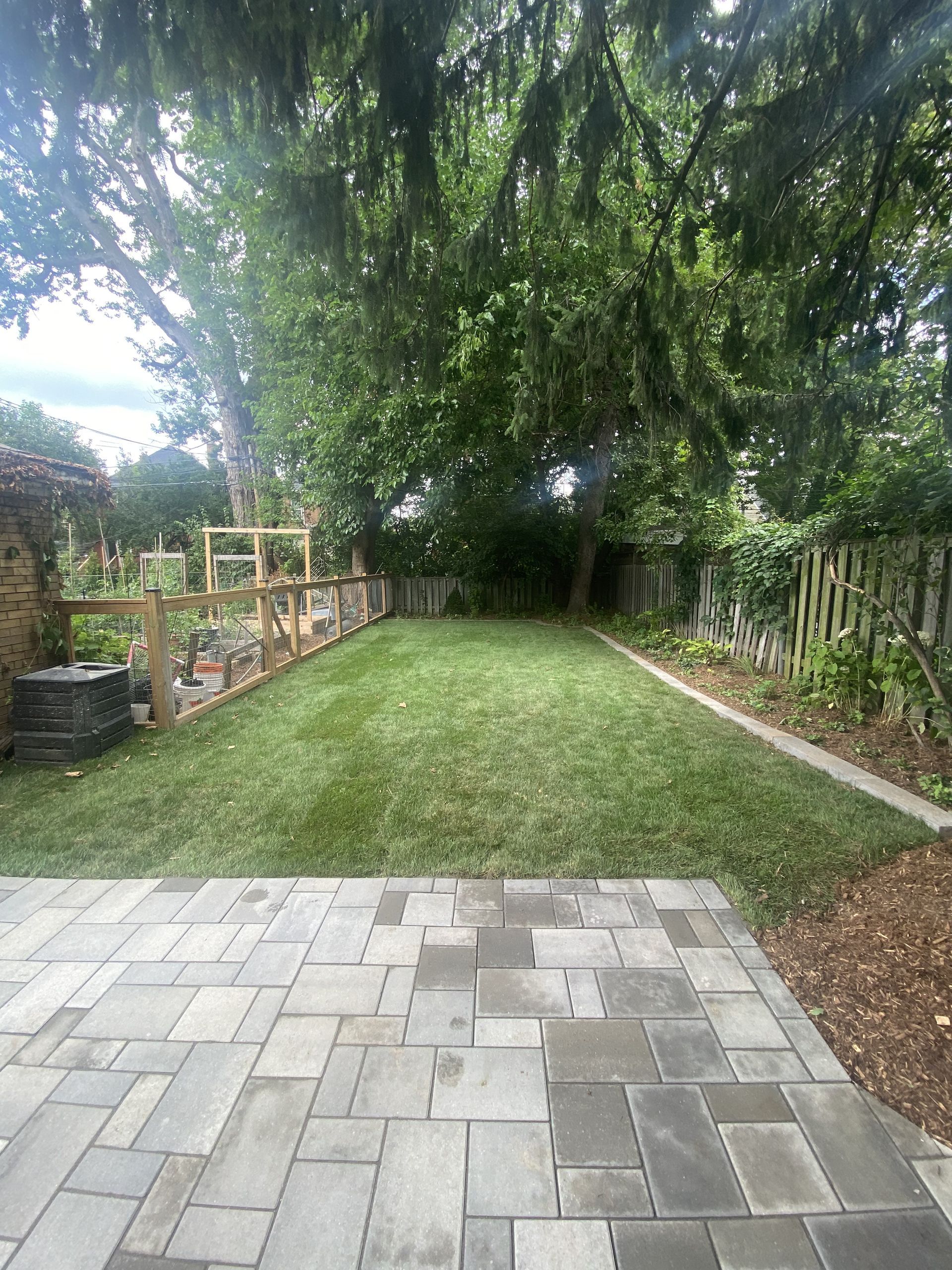We offer sustainable landscaping solutions in Hamilton, Ontario
Monarch Landscaping specializes in sod installation, fences, and garden design & installation in Hamilton & surrounding cities — fast, reliable, and built to transform your backyard.
We service: Hamilton, Burlington, Oakville, Cambridge, Grimsby and Niagara Region
See Why People Love Working With Monarch Landscaping in Hamilton
Proudly Serving All of Hamilton
Monarch Landscaping serves all areas of the Greater Hamilton Region, including:
- Hamilton Mountain
- Westdale
- Waterdown
- Binbrook
- North End
Custom Hamilton Landscaping Spaces Built to Last
Transform your property with Monarch Landscaping, one of the top-rated landscaping companies in Hamilton. At Monarch Landscaping, we specialize in creating stunning, durable landscapes that enhance your lifestyle and boost your home’s value in Hamilton, Ontario.
Serving neighbourhoods like Westdale, Stoney Creek, Ancaster, Dundas, and the Mountain, our expert team delivers precision, creativity, and a trusted reputation to every Hamilton landscaping project. Whether you’re envisioning a vibrant garden, a custom interlock patio, fresh sod installation, or a complete outdoor transformation, Monarch Landscaping brings your vision to life with unmatched craftsmanship.
Hamilton is renowned for its breathtaking natural beauty, from Gage Park and Bayfront to the Royal Botanical Gardens. At Monarch Landscaping, we believe your yard should be just as inspiring. Our personalized approach ensures your outdoor space reflects the same charm and elegance as Hamilton’s iconic landmarks.
Proudly Located & Operated Landscaping Business In 294 Ottawa St N, Hamilton
Landscaping Blogs
